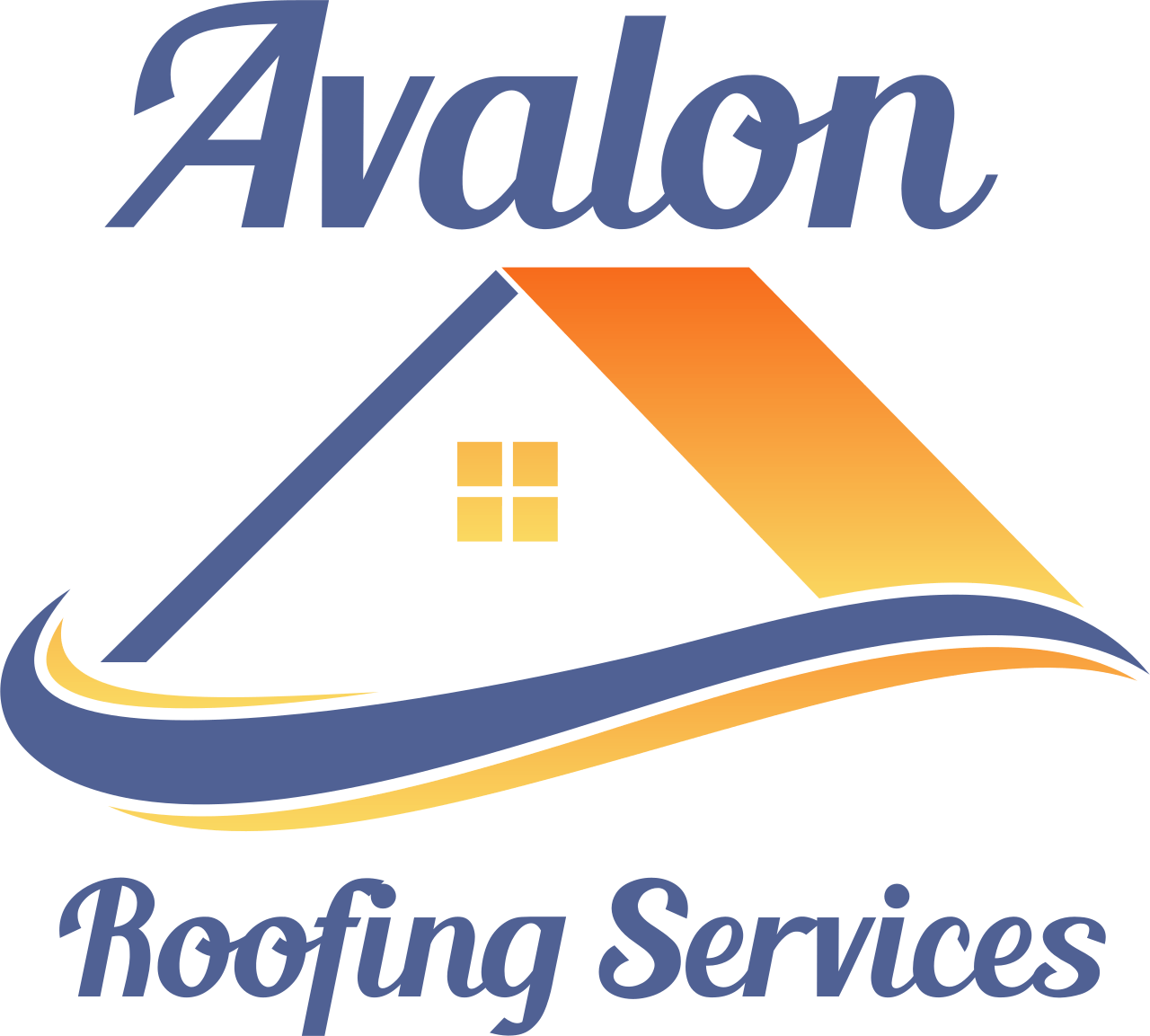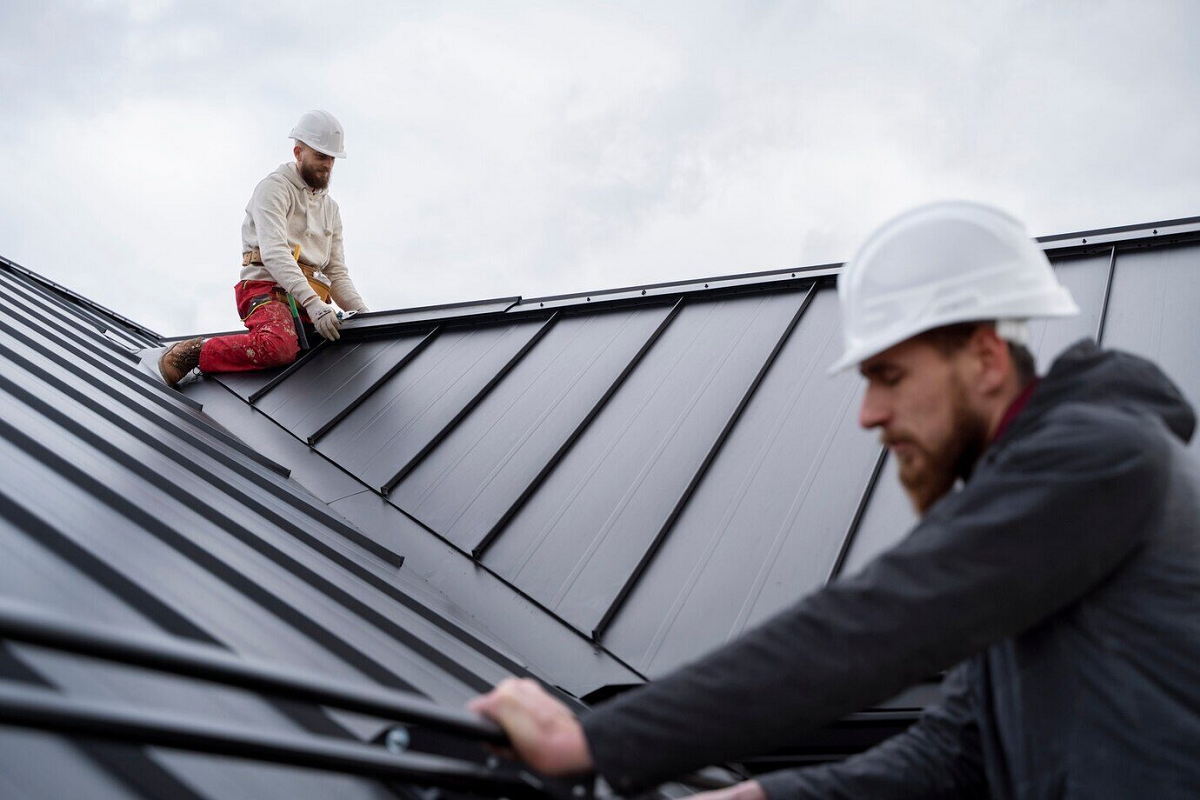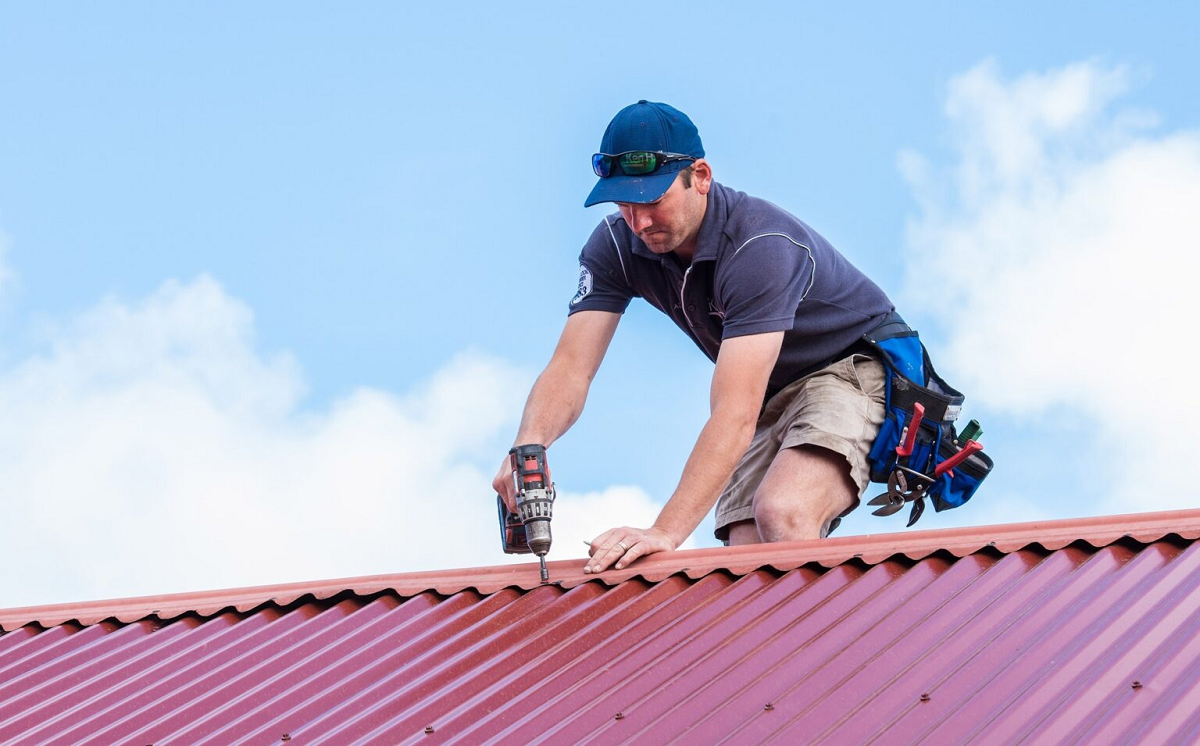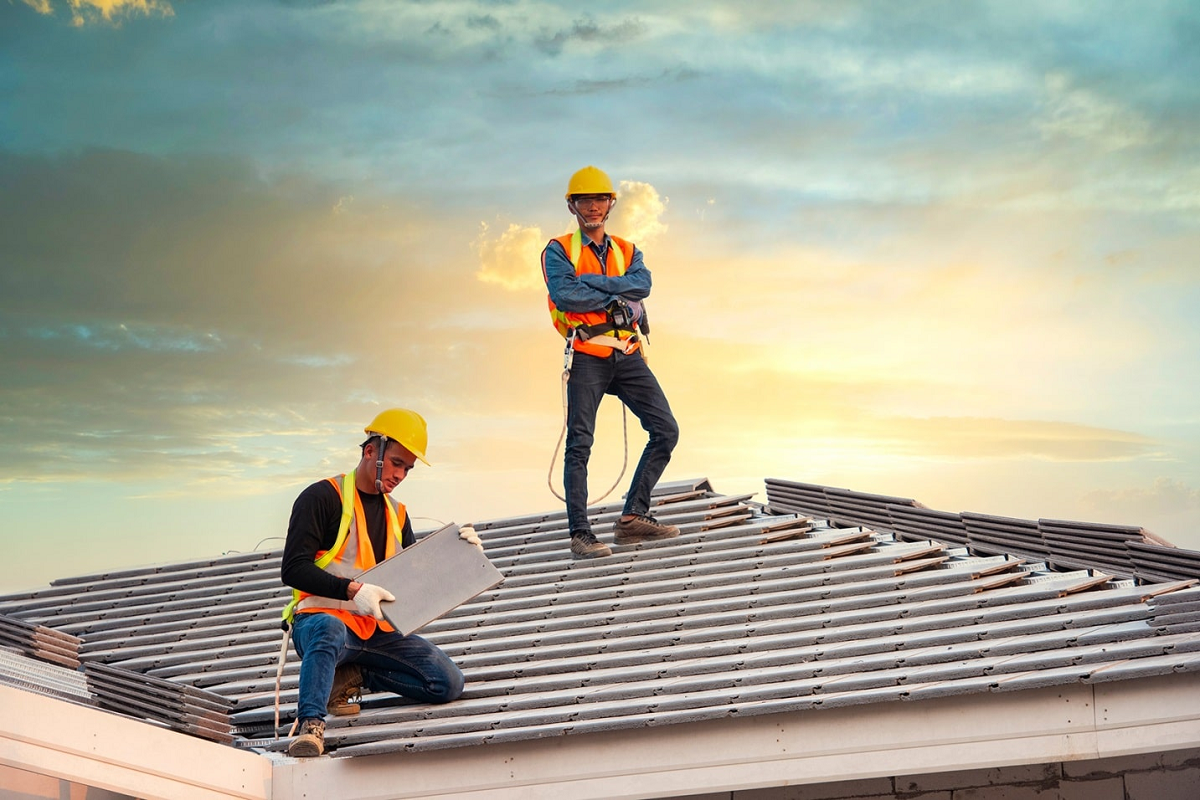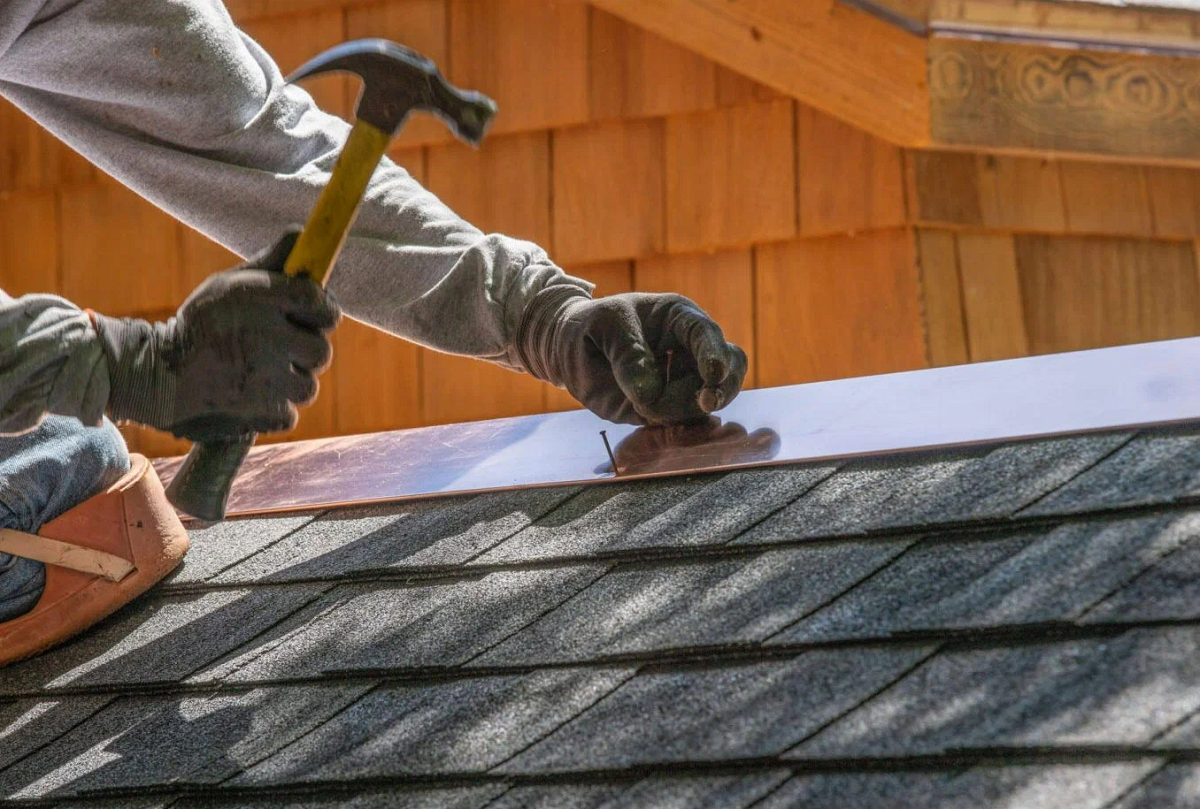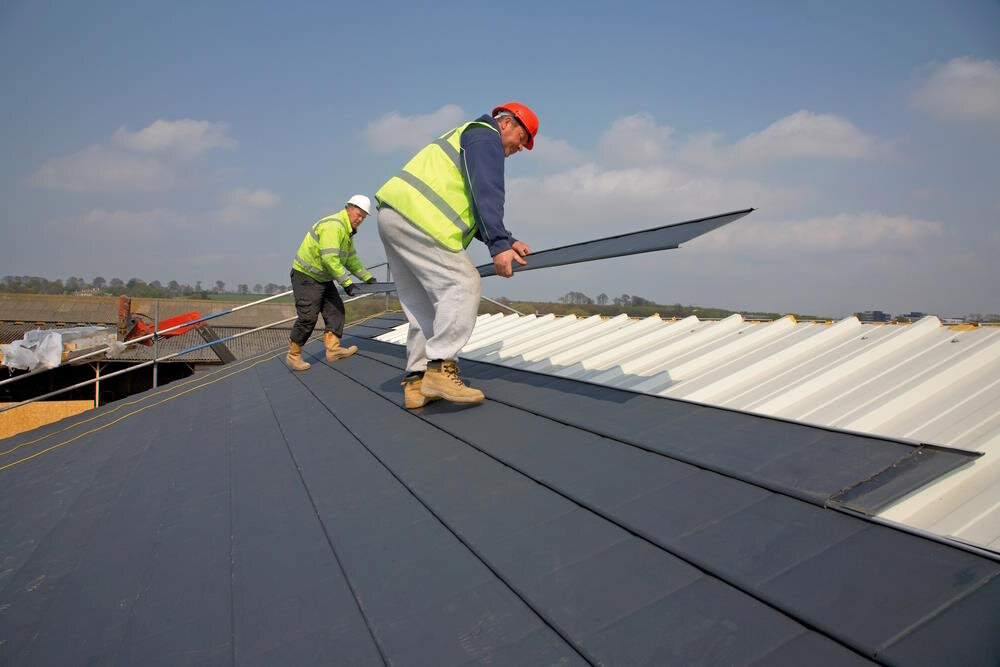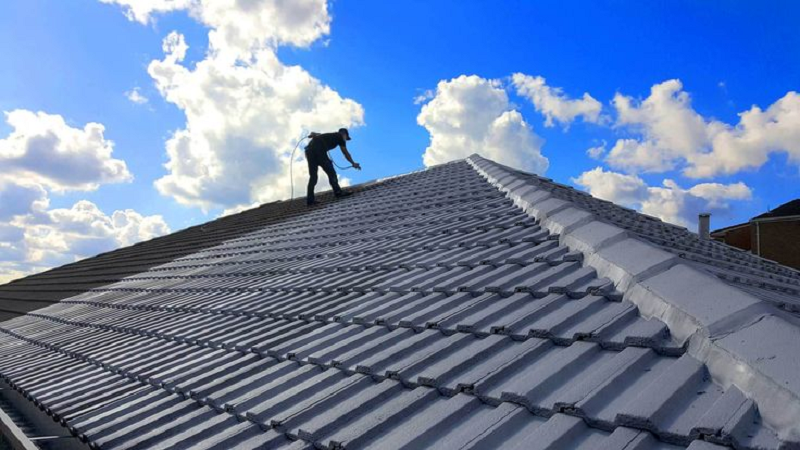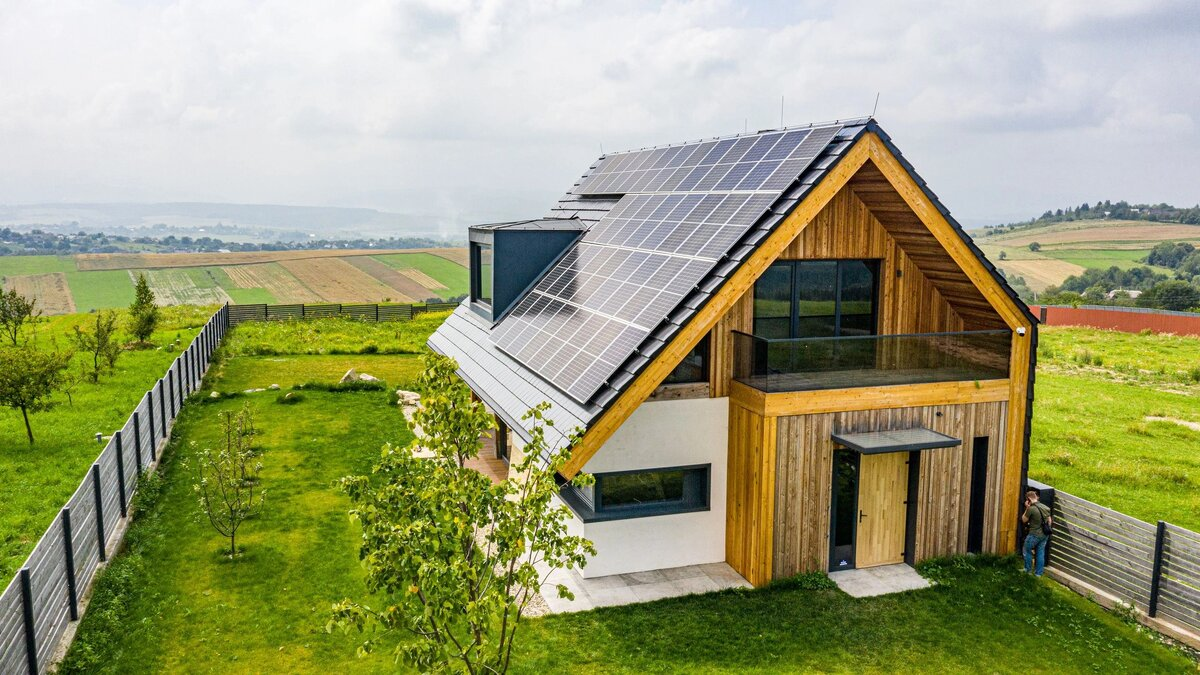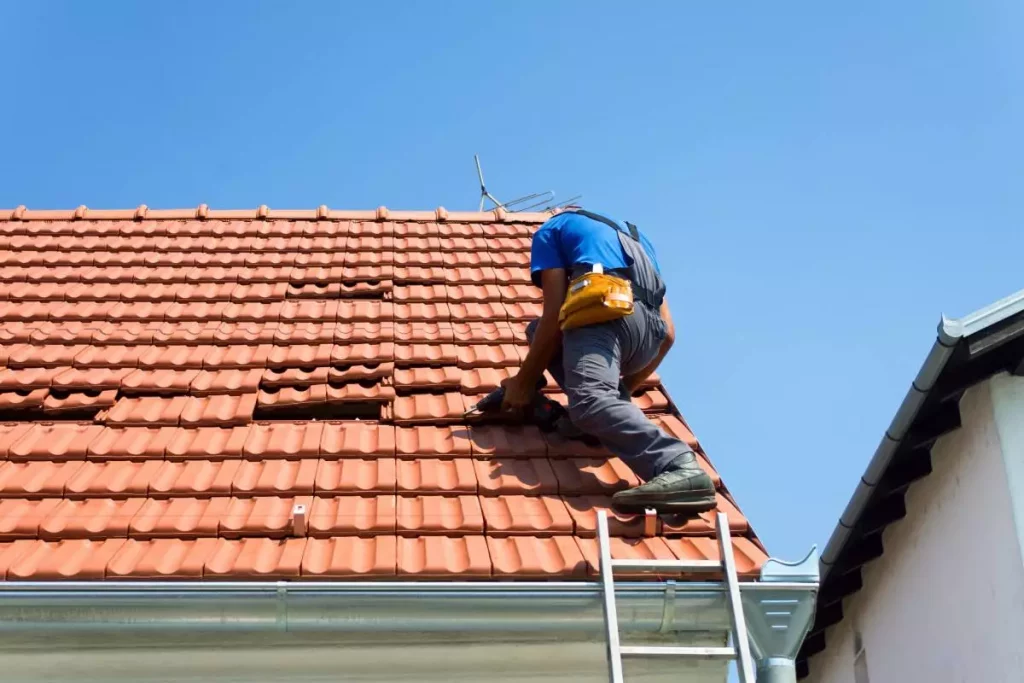The Science Of Roof Ventilation: Keeping Avalon Homes Cool
In the picturesque coastal town of Avalon, where the sun-kissed days often bring warmth and beauty, maintaining a cool and comfortable home environment is key. One often overlooked but crucial element in achieving this comfort is proper roof ventilation. Welcome to our latest blog post, where we delve into the science behind roof ventilation and its impact on keeping Avalon homes cool.
Roof ventilation is not just about letting hot air escape; it's a science that involves understanding airflow dynamics, heat transfer, and moisture control. In Avalon's climate, where temperatures can soar, especially in the summer months, having an effectively ventilated roof can make a significant difference in indoor comfort.
In this blog, we will explore the various aspects of roof ventilation, from its basic principles to the specific types of ventilation systems suitable for Avalon homes. We'll discuss the benefits of proper ventilation, such as improved energy efficiency, extended roof lifespan, and enhanced indoor air quality. Additionally, we'll address common ventilation issues that Avalon homeowners may encounter and provide practical solutions to mitigate them.
Whether you're a homeowner looking to improve your home's comfort or a roofing professional seeking insights into effective ventilation practices, this blog is for you. Join us as we unravel the science behind roof ventilation and discover how it can help keep Avalon homes cool and comfortable year-round.
Understanding Roof Ventilation
Understanding roof ventilation is crucial for maintaining a comfortable and healthy home environment, especially in places like Avalon with varying climate conditions. Roof ventilation refers to the process of allowing air to flow in and out of the attic space, which helps regulate temperature and moisture levels.
There are several key components to understanding roof ventilation. First, the type of ventilation system used can greatly impact its effectiveness. Common types of roof ventilation include ridge vents, soffit vents, gable vents, and roof louvers. Each type serves a specific purpose in promoting airflow through the attic.
Proper ventilation offers several benefits. It helps to reduce heat buildup in the attic during hot weather, which can in turn lower the temperature inside the living spaces below. This can lead to reduced energy costs, as air conditioning systems do not need to work as hard to maintain a comfortable temperature. Additionally, proper ventilation helps to prevent moisture buildup in the attic, which can lead to mold growth and structural damage over time.
Benefits Of Proper Ventilation
- Temperature Regulation: Roof ventilation helps regulate the temperature in your attic, which in turn can help regulate the temperature in your living spaces. In hot weather, proper ventilation helps prevent heat buildup in the attic, reducing the need for air conditioning and lowering energy costs. In cold weather, ventilation helps prevent ice dams from forming on the roof, which can cause damage.
- Moisture Control: Proper ventilation helps prevent moisture buildup in the attic. Excess moisture can lead to mold and mildew growth, which can damage your roof and pose health risks to your family. Ventilation helps remove moisture from the attic, keeping it dry and preventing these issues.
- Extended Roof Lifespan: By regulating temperature and moisture levels, proper ventilation can help extend the lifespan of your roof. Excess heat and moisture can cause shingles to deteriorate more quickly, leading to premature roof failure. Proper ventilation helps keep your roof in better condition for longer.
- Improved Indoor Air Quality: Proper ventilation can also improve the overall indoor air quality of your home. By removing excess moisture and preventing mold growth, ventilation helps ensure that the air you breathe is clean and healthy.
- Energy Efficiency: By reducing the load on your heating and cooling systems, proper ventilation can help improve the energy efficiency of your home. This can lead to lower energy bills and reduced environmental impact.
Science Behind Roof Ventilation
- Heat Transfer: During the day, the sun's energy heats the roof, causing the air in the attic to become hot. Without proper ventilation, this heat can transfer into the living spaces below, making your home uncomfortable and increasing the load on your air conditioning system.
- The Stack Effect: Proper ventilation utilizes the stack effect, which is a natural process driven by buoyancy. As the air in the attic heats up, it becomes less dense and rises. This creates a pressure difference, drawing in cooler air from outside through intake vents (e.g., soffit vents) and expelling hot air through exhaust vents (e.g., ridge vents or gable vents).
- Moisture Control: Ventilation also plays a crucial role in controlling moisture in the attic. Moisture can enter the attic through various sources, such as daily activities in the house or from outside. Without adequate ventilation, this moisture can accumulate, leading to mold growth, wood rot, and other issues. Proper ventilation helps remove excess moisture, keeping the attic dry and healthy.
- Airflow Dynamics: The design and placement of vents are critical for effective ventilation. Different types of vents (e.g., ridge vents, soffit vents, gable vents) work together to create a continuous airflow path through the attic. The size and number of vents should be sufficient to allow for proper air exchange without creating negative pressure or hot spots.
- Insulation Interaction: Insulation is also a key component of the ventilation system. It helps maintain the temperature in the living spaces below while allowing for airflow in the attic. Proper insulation and ventilation work hand in hand to ensure energy efficiency and comfort.
Common Ventilation Issues And Solutions
- Poor Airflow: Insufficient airflow can lead to heat buildup and moisture retention in the attic.
Solution: Install additional vents, such as ridge vents, soffit vents, or gable vents, to improve air circulation. Ensure vents are not blocked by insulation or debris.
- Inadequate Ventilation: Homes with too few vents or vents that are too small may not effectively expel hot air and moisture.
Solution: Increase the number or size of vents to allow for better airflow. Consider adding a powered attic ventilator for improved ventilation.
- Blocked Vents: Vents can become blocked by debris, insulation, or other obstructions, hindering airflow.
Solution: Regularly inspect and clear vents of any blockages. Ensure vents are installed properly and are not covered by roofing materials.
- Improperly Sealed Attic: Air leaks between the living space and attic can disrupt airflow and reduce ventilation efficiency.
Solution: Seal gaps, cracks, and openings in the attic floor, walls, and ceiling to prevent air leakage. Use caulking or weatherstripping to seal gaps around fixtures and openings.
- Insufficient Insulation: Inadequate insulation can lead to temperature imbalances and reduce the effectiveness of ventilation.
Solution: Add or upgrade insulation to achieve the recommended R-value for your climate. Proper insulation helps maintain a consistent temperature in the attic and improves ventilation efficiency.
- Moisture Buildup: Excessive moisture in the attic can lead to mold growth, wood rot, and damage to roofing materials.
Solution: Ensure proper ventilation to reduce moisture buildup. Use a dehumidifier or moisture absorber in the attic if necessary. Repair any leaks in the roof or plumbing to prevent moisture intrusion.
- Ice Dams: Ice dams form when snow melts on the roof and refreezes at the eaves, causing water backup and potential roof damage.
Solution: Improve attic ventilation to keep the roof surface cool and prevent snow from melting unevenly. Proper insulation and sealing air leaks can also help prevent ice dams.
- High Temperatures in Living Spaces: Inadequate ventilation can lead to higher temperatures in the living spaces below the attic.
Solution: Improve attic ventilation to reduce heat buildup. Consider installing a radiant barrier or reflective insulation to reduce heat transfer from the attic to the living spaces.
Factors Affecting Ventilation Efficiency
- Roof Design and Slope: The shape and angle of the roof can impact ventilation. Steeper roofs, for example, may have better natural ventilation due to the stack effect.
- Insulation Levels and Type: Proper insulation is important for maintaining a consistent temperature in the attic. Insufficient or improper insulation can hinder ventilation efficiency.
- Local Climate and Environmental Conditions: Avalon's climate, with its hot summers and mild winters, can affect ventilation needs. Understanding local weather patterns can help determine the best ventilation strategies.
- Ventilation System Design: The type, size, and placement of vents, as well as the overall ventilation system design, can impact efficiency. Properly designed systems can maximize airflow and heat dissipation.
- Roofing Materials: Certain roofing materials, such as metal or asphalt shingles, can absorb and retain heat differently. Light-colored and reflective materials can help reduce heat absorption and improve ventilation efficiency.
- Attic Obstructions: Blockages or obstructions in the attic, such as insulation blocking vents or stored items, can restrict airflow and reduce ventilation efficiency.
- Air Sealing: Proper sealing of the attic floor and ceiling can prevent air leaks that can disrupt the natural flow of air in the attic and affect ventilation efficiency.
Importance Of Professional Assessment
- Expertise: Roofing professionals have the knowledge and experience to accurately assess the ventilation needs of a home. They can identify specific issues and recommend appropriate solutions.
- Safety: Climbing onto the roof and working in the attic can be dangerous for untrained individuals. Professionals have the necessary safety equipment and training to perform assessments safely.
- Customization: Every home is different, and the ventilation needs can vary based on factors such as roof design, insulation, and climate. A professional assessment ensures that the ventilation system is tailored to the specific requirements of the home.
- Efficiency: Professionals can ensure that the ventilation system is installed correctly and operating efficiently. This can lead to energy savings and prevent potential issues such as mold growth and roof damage.
- Longevity: Proper ventilation can extend the lifespan of the roof and other components of the home. A professional assessment can help identify and address issues that could lead to premature wear and tear.
- Peace of mind: By having a professional assessment, homeowners can have confidence that their ventilation system is properly installed and functioning optimally, providing a comfortable and healthy indoor environment.
In conclusion, understanding the science of roof ventilation is crucial for keeping Avalon homes cool and comfortable, especially in the face of Avalon's unique weather patterns. Proper ventilation not only helps regulate indoor temperatures but also extends the lifespan of your roof and improves energy efficiency. By implementing the right ventilation solutions and addressing any issues promptly, you can ensure a more pleasant living environment and potentially lower energy bills.
If you're experiencing issues with your roof's ventilation or want to ensure your home is properly ventilated, contact a professional roofing contractor for an assessment. They can help identify any problems and recommend the best solutions to improve your home's comfort and energy efficiency. Don't wait until it's too late—take action now to protect your home and enjoy a cooler living space in Avalon.
